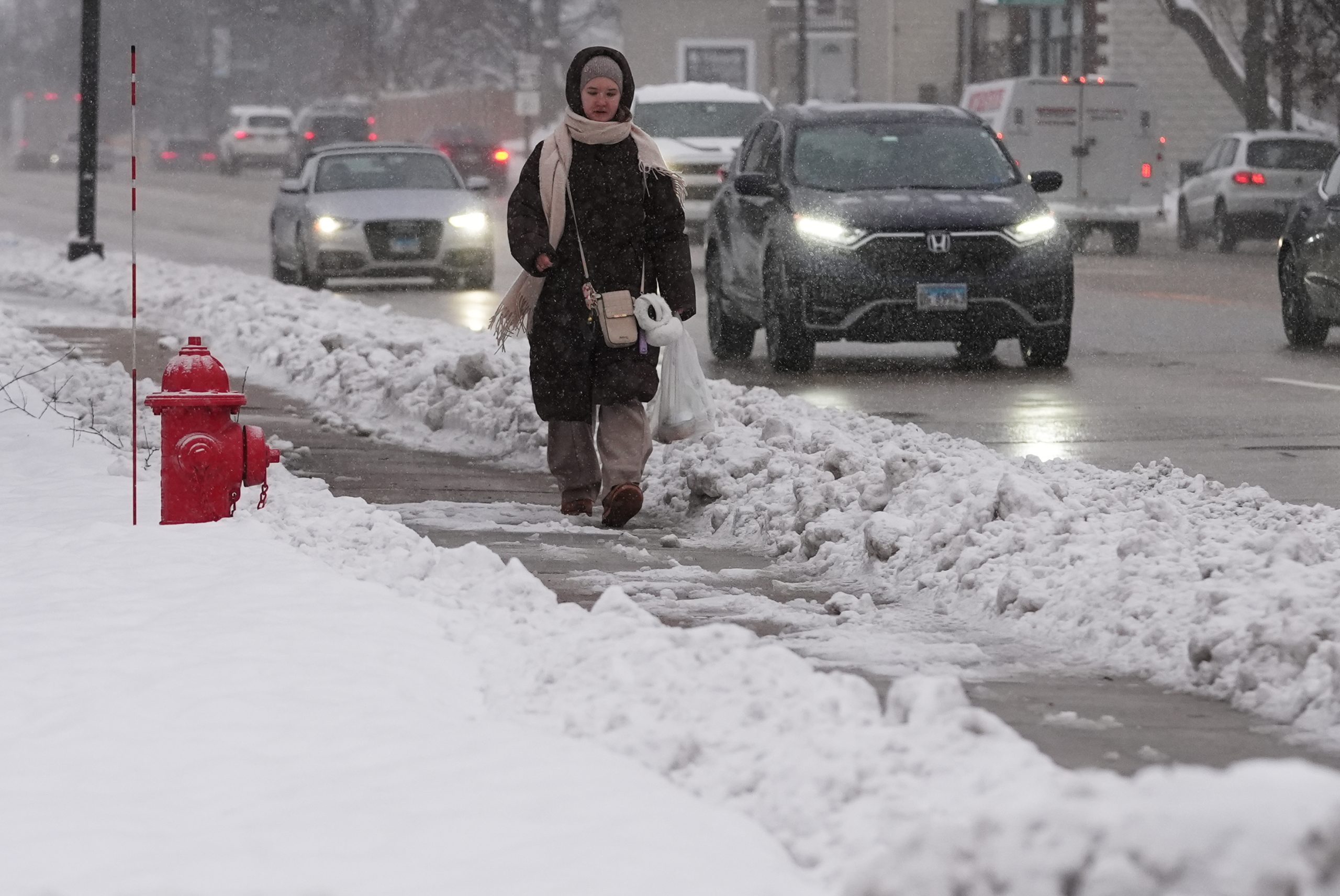A wildfire that killed more than 100 people on Maui, Hawaii, last year was sparked by “reenergized” broken power lines that ignited vegetation around a utility pole, according to findings released Wednesday by the Maui Fire Department and the U.S. Bureau of Alcohol, Tobacco, Firearms and Explosives.
Investigators also determined that the fire in Lahaina on Aug. 8, 2023, was caused by a single fire that started shortly after 6:30 a.m. and reignited later in the day after firefighters left the scene thinking they had extinguished it.
There is no evidence to suggest the fire was intentionally set, Maui Fire and Public Safety Chief Bradford Ventura said.
Assistant Chief Jeffrey Giesea said, “We want to make abundantly clear to Lahaina and to our Maui community that our firefighters went above and beyond their due diligence to be as confident as they could be that the fire was completely extinguished before they left the scene.”
Officials do not know what caused the fire to rekindle later that day. They said it not uncommon when winds are high and conditions are dry.
A possible explanation, they said, was that the fierce winds blew embers from the re-energized line into a dry gully.
Giesea said the firefighters remained on the scene for over 5½ hours after the fire was contained.
“And for several hours after any visible signs of fire were detected, no flames, no smoke, no perceptively glowing pieces of fuel had been observed for hours before they left,” he said.
Wednesday’s findings are the fire department’s most complete picture of what unfolded on Aug. 8, 2023, when a ravenous fire spread from the hills above Lahaina, once the capital of Hawaii, and devoured nearly everything in its path.
Thousands of residents were displaced, and survivors described fleeing through smoke-choked streets and clinging to rocks in the Pacific Ocean as they watched their homes burn.
The fire scorched 6,271 acres and destroyed 2,173 homes, businesses and other structures. It caused more than $6 billion in damage to Lahaina, Maui’s economic and cultural hub for generations.
Several agencies have investigated the conditions surrounding the fire and examined how a confluence of factors, including hurricane-force winds, emergency response delays and well-known infrastructure problems, conspired to make it the deadliest in Hawaii’s history.
In April, a preliminary after-action report found that poor communications between Maui’s mayor and top state and local emergency officials hindered their ability to realize how dire the situation had become.
But the report released Wednesday went into the most detail about its cause and origin. The Lahaina fire was one of three wildfires that ignited on Maui that day; the report did not address the two other, less-destructive fires.
“We know and understand that today’s announcement will undoubtedly refresh difficult memories,” said Jonathan Blais, the special agent in charge of the ATF’s Seattle office.
Since last year, thousands of residents have sued Hawaiian Electric, Maui County and the state of Hawaii over the fire. Most of the lawsuits blamed Hawaiian Electric for causing it.
The utility has acknowledged that one of its downed power lines ignited a blaze early that morning off Lahainaluna Road in the hills above Lahaina. Maui County announced a few hours later that firefighters had fully contained it.
“We deeply regret that our operations contributed to the fire that ignited in the morning,” Hawaiian Electric Co. said in an emailed statement Wednesday, adding the findings “make clear” that many factors and actions of “many parties” contributed to the devastation.
Hawaii Gov. Josh Green announced a $4 billion settlement shortly before the one-year commemoration of the fire, but the deal is tied up in court, The Associated Press reported.




